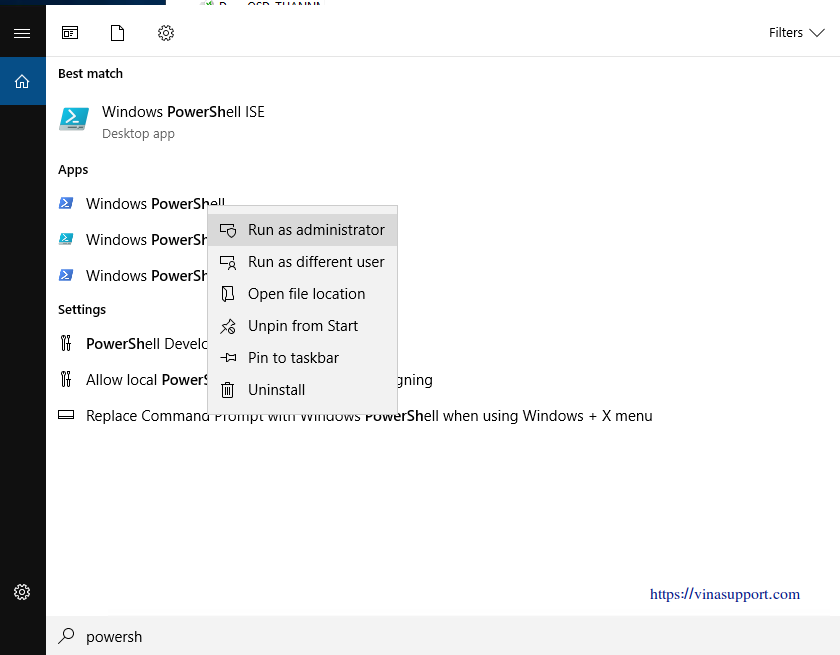

Although before you do anything, you will most likely need to configure network security.
OPENSSH WIN64 INSTALL
According to the Microsoft documentation that I could find, you need to install the latest bits from GitHub. Installing for Windows Server 2016 is a bit different. everything ran the same and in minutes PowerShell 7 and ssh remoting were ready to go. The only change I made was to the Write-Progress activity.
OPENSSH WIN64 WINDOWS 10
I was able to use the same deployment script I used with Windows 10 to install PowerShell 7 and sshd. Windows Server 2019 includes the OpenSSH.Server capability that you can install with Add-WindowsCapability.
OPENSSH WIN64 CODE
If you are using Windows Server 2019, you can use the same code I used with Windows 10, at least based on my experiences. ManageEngine ADManager Plus - Download Free TrialĮxclusive offer on ADManager Plus for US and UK regions. Plugins=.MTUPlugin,\Ĭ.NTPClientPlugin,\Ĭ.SetHostNamePlugin,\Ĭ.CreateUserPlugin,\Ĭ.NetworkConfigPlugin,\Ĭ.WindowsLicensingPlugin,\Ĭ.SetUserSSHPublicKeysPlugin,\Ĭ.ExtendVolumesPlugin,\Ĭ.SetUserPasswordPlugin,\Ĭ.UserDataPlugin,\Ĭ.ConfigWinRMListenerPlugin,\Ĭ.\Ĭ.Manage and Report Active Directory, Exchange and Microsoft 365 with Run Windows PowerShell with administrator privileges and open the file C:\Program Files\Cloudbase Solutions\Cloudbase-Init\conf\nf: > notepad 'C:\Program Files\Cloudbase Solutions\Cloudbase-Init\conf\nf'Īdd metadata_services and plugins on two lines: metadata_services=\Ĭ.ConfigDriveService,\Ĭ.HttpService\ When the installation is complete, do not run Sysprep and click Finish: You will be able to log in with this account by using the key authentication method or you can set a new password with a customization script. The user account password will be reset on the next VM startup. In the Configuration options window, enter the current username in the Username field:

\.ssh\authorized_keys /inheritance:rĭownload Cloudbase-Init (for example, from the official site), launch the installation, and then follow the on-screen instructions: Modify the permissions for the created file to disable inheritance: > icacls. txt extension from the created file: > move. ssh directory in C:\Users\ and an empty authorized_keys file inside it: > cd C:\Users\ #AuthorizedKeysFile _PROGRAMDATA_/ssh/administrators_authorized_keysĬreate the. Open the C:\ProgramData\ssh\sshd_config file: > notepad 'C:\ProgramData\ssh\sshd_config'Ĭomment out the following lines at the end of the file: #Match Group administrators On Windows 7, Windows Server 2008, and Windows Server 2008 R2, run > netsh advfirewall firewall add rule name=sshd dir=in action=allow protocol=TCP localport=22 On Windows 8.1, Windows Server 2012, and newer versions, run > New-NetFirewallRule -Protocol TCP -LocalPort 22 -Direction Inbound -Action Allow -DisplayName OpenSSH Open TCP port 22 for the OpenSSH service in the Windows Firewall: > Set-Service sshd -StartupType Automatic Start the sshd service and set its startup type to “Automatic”: > net start sshd
OPENSSH WIN64 ARCHIVE
Run Windows PowerShell with administrator privileges and set the execution policy to unrestricted to be able to run scripts: > Set-ExecutionPolicy Unrestrictedĭownload OpenSSH Server (for example, from the GitHub repository), extract the archive into the C:\Program Files directory, and then install it by running: > & 'C:\Program Files\OpenSSH-Win64\install-sshd.ps1'


 0 kommentar(er)
0 kommentar(er)
